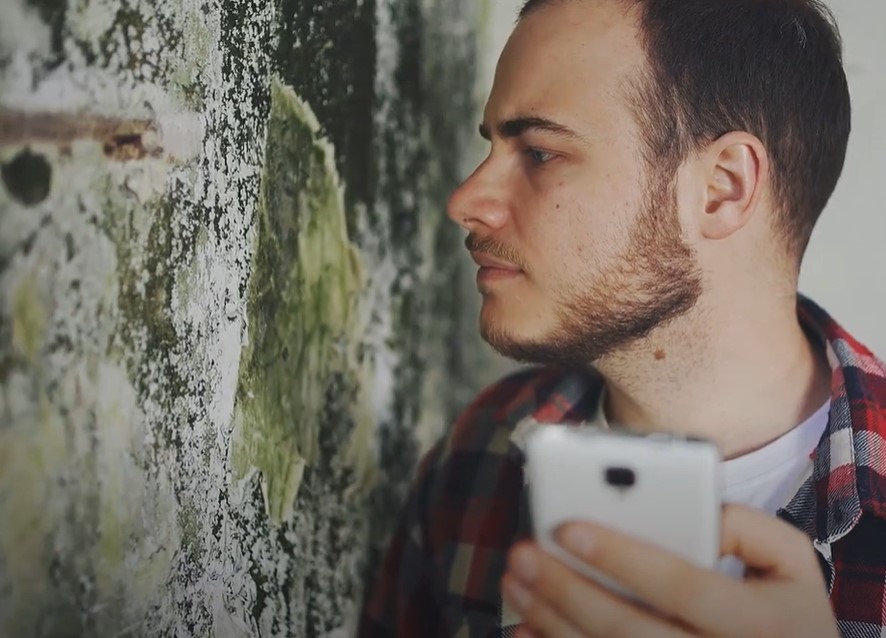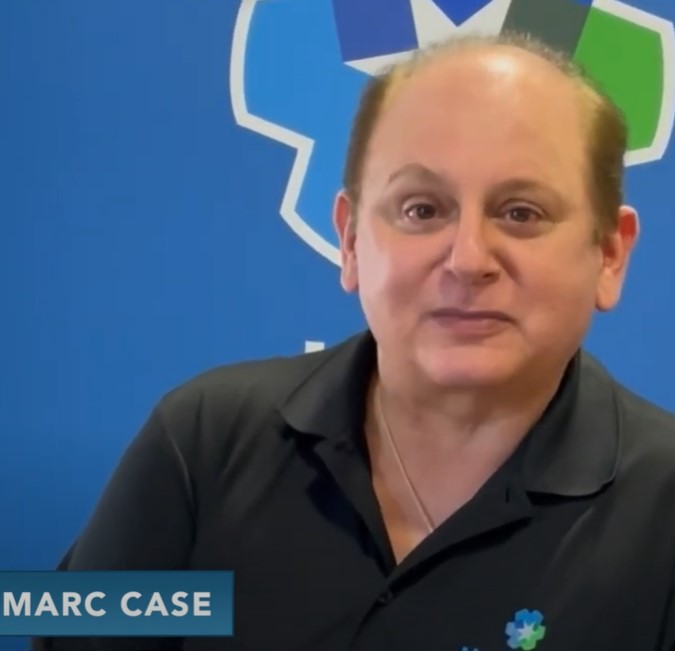Hi everybody, I am an owner of MasterTech Environmental, and I specialize in New Jersey commercial and residential mold inspection, mold testing, and mold removal. Today, I want to talk to you about the origins of residential mold and how it has become a prevalent issue in our homes.
It may seem like mold has suddenly appeared, but in reality, we have known about its existence for a long time. In fact, mold is even mentioned in the Bible in the Book of Leviticus. This ancient text instructs priests on how to identify and clean mold-infested homes. So, the awareness of mold’s dangers dates back centuries.
Do you think you have a Commercial or Residentialmold problem in your New Jersey home or business?
Call 732-716-2384 or Contact Us to Schedule Your NJ Mold Inspection
The Salem Witch Hysteria
Another historical event that sheds light on mold’s impact is the Salem Witch Trials. Many historians believe that an Urgot infestation, a type of mold that affects rye seeds, played a role in the strange activities experienced by some women during that time. Urgot poisoning can cause hallucinations and other symptoms that were associated with witches’ curses. This suggests that mold may have influenced the events of the Salem Witch Trials.
The Curse of King Tut’s Tomb
A more recent example of mold’s impact is the Curse of King Tut’s Tomb. After the tomb was opened, several explorers and scientists who were exposed to aspergillus mold and its associated toxins died under mysterious circumstances. This suggests that mold played a role in their deaths. These examples show that mold has been a concern throughout history and can have serious health effects.
The Science Behind Mold Growth
Now let’s dive into the science of mold. Mold is a type of fungus that reproduces through spores. These spores are lightweight and can be carried through the air. When they land on a surface that provides the right conditions for growth, such as a damp environment, they can start a new colony. Mold spores are a common allergen and can cause allergic reactions in sensitive individuals. However, for mold to grow, it needs two main things: water and food.
Water and Food – The Perfect Recipe for Mold
In order to grow, mold requires moisture, which can come in the form of liquid water, humidity, or water vapor. If mold spores land on a surface that is wet or damp, it provides the necessary moisture for mold to thrive. Additionally, mold needs a food source, which can be any organic material that contains cellulose. This includes wood, cardboard, dust, dead plants, and paper. These materials provide the nutrients that mold needs to grow and multiply.
When moisture and food are present, mold can quickly spread and become a problem in homes. This is why it’s important to address any water leaks or excess moisture issues in order to prevent mold growth.
The Evolution of Home Construction
Now that we understand the science behind mold growth, let’s explore how our homes have evolved over time and how these changes have contributed to the increase in mold issues.

Traditional Construction Materials
In the past, homes were built using stone and masonry, which are natural materials with low cellulose content. These materials were durable but labor-intensive and expensive to use. They provided a solid foundation for homes but were not as flexible in terms of design and construction.
The Rise of Drywall and Dimensional Lumber
As the demand for affordable and flexible housing increased, builders shifted towards using dimensional lumber (wood) and drywall. These materials were cheaper, faster to work with, and more versatile in terms of design options. However, wood and drywall are high in cellulose content, making them attractive food sources for mold.
The Impact of Energy Efficiency Measures
In the 1970s, energy conservation became a priority due to the oil crisis caused by the Yom Kippur War. To reduce energy consumption, homes were sealed and insulated to prevent air leaks. While this was a necessary step to improve energy efficiency, it inadvertently created airtight environments that trapped moisture and created ideal conditions for mold growth.
Unintended Consequences
While these advancements in home construction and energy efficiency were well-intentioned, they had unintended consequences. The combination of wood and drywall construction, along with improved insulation and sealing, created the perfect storm for mold growth. The increased use of cellulose-rich materials and the reduction of natural ventilation allowed moisture to accumulate and mold to thrive.
Today, many homes are experiencing mold issues due to these factors. It’s important for homeowners to be aware of the conditions that promote mold growth and take proactive measures to prevent it.
Mold has been a concern throughout history
Its prevalence in residential structures has increased due to various factors. Understanding the origins of residential mold and the conditions that promote its growth is essential for homeowners to protect their homes and ensure a healthy living environment.
Remember, mold needs moisture and a food source to grow. By addressing water leaks and excess moisture issues, homeowners can mitigate the risk of mold growth. Regular inspections and maintenance can help identify and address mold issues before they become major problems.

I hope this blog has provided you with valuable insights into the origins of residential mold. If you have any questions or need professional assistance with mold removal in New Jersey, feel free to reach out. Happy mold hunting!

